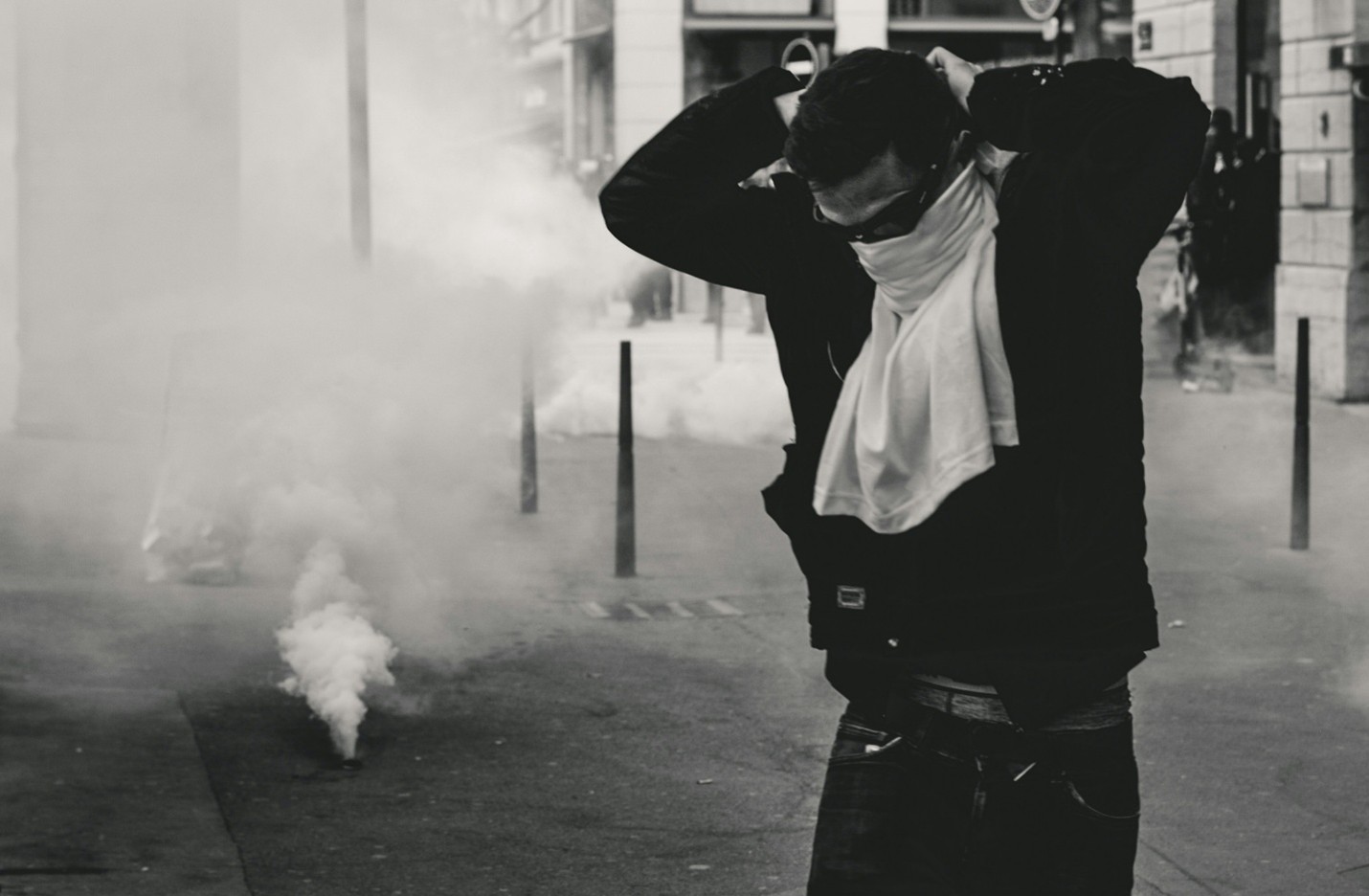When law enforcement deploys tear gas during raids or crowd control situations, the effects extend far beyond the immediate event. Tear gas particles settle into every corner of a home or business, leaving behind a hazardous residue that can persist for weeks or even months if not properly addressed. Understanding the dangers of tear gas contamination and the complexities of professional cleanup is essential for ensuring the safety of occupants and restoring properties to a habitable condition.
The Persistent Nature of Tear Gas Residue
Tear gas is not actually a gas but a fine powder that disperses in the air and clings to surfaces. Once deployed, it infiltrates porous materials like carpets, upholstery, drywall, and HVAC systems. These particles remain embedded long after the visible effects have dissipated, posing serious risks to anyone who comes into contact with them. Simply wiping down surfaces or airing out the space is not enough to eliminate contamination.
Health Risks of Tear Gas Exposure
The lingering presence of tear gas residue can cause a range of health issues, especially for individuals with respiratory conditions, children, and pets. Common symptoms include:
- Eye, nose, and throat irritation
- Persistent coughing and difficulty breathing
- Skin burns or rashes
- Headaches and dizziness
- Nausea and long-term respiratory complications
Exposure can be particularly dangerous for those with asthma or other pre-existing health conditions. Without proper decontamination, even short-term exposure can lead to serious medical issues.
The Challenges of Proper Decontamination
Due to the pervasive nature of tear gas, professional biohazard remediation is necessary to fully remove harmful residues. At Bio Clean, we follow strict protocols to ensure thorough decontamination:
- Assessment & Containment – Our team inspects the affected area to determine the extent of contamination and prevent further spread.
- Air Filtration – High-efficiency particulate air (HEPA) filtration systems are used to capture airborne contaminants.
- Surface Decontamination – Specialized cleaning agents neutralize tear gas particles on walls, floors, and furniture.
- Porous Material Removal – Heavily contaminated items like carpets or soft furnishings may need to be discarded to ensure safety.
- HVAC System Cleaning – Ventilation systems are thoroughly cleaned to prevent recontamination.
Why Professional Cleanup Matters
Attempting to clean up tear gas residue without professional assistance can lead to incomplete remediation, ongoing health risks, and long-term property damage. At Bio Clean, our expert team is equipped with the necessary protective gear, specialized cleaning solutions, and industry knowledge to restore affected spaces safely and effectively.
If your property has been impacted by a police raid involving tear gas, don’t take chances with your health. Contact Bio Clean for expert tear gas remediation and ensure your home or business is truly safe to inhabit.

